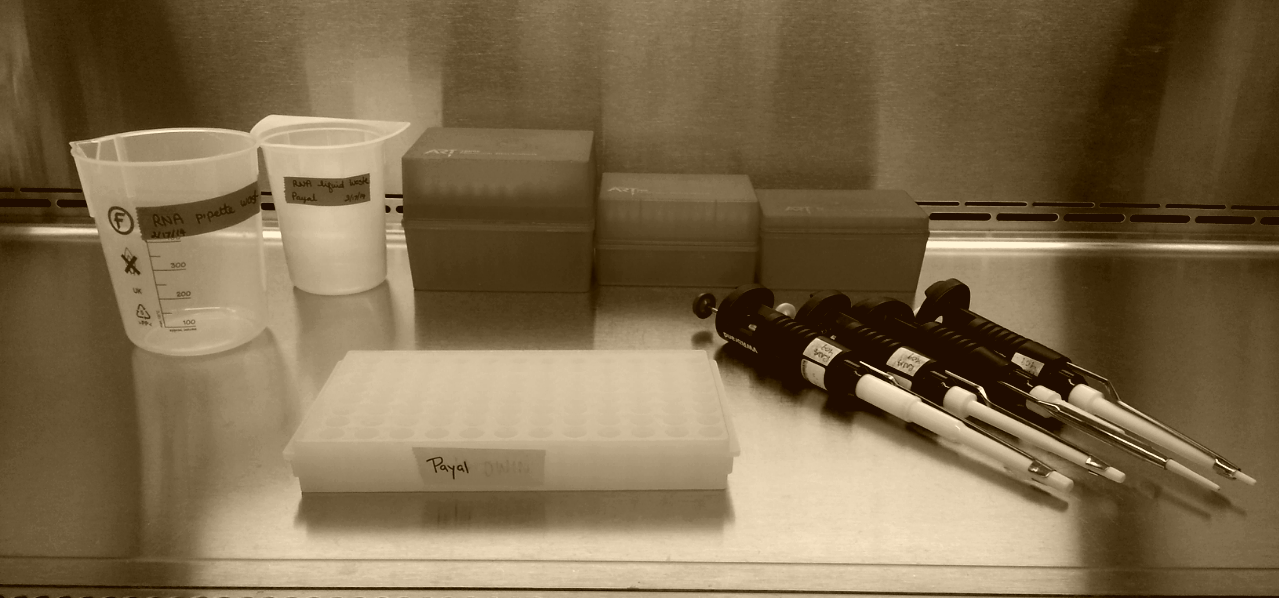Like everyone else, I have been thinking quite a lot about the reasons why COVID19 is so much worse for some and can be fully recovered by others with none to mild symptoms. A variety of clinical strategies are being used to tackle the multi-faceted complexities of Covid19. It has been shown that Spike proteins that decorate the surface of the SARS-CoV-2 virus, bind to the angiotensin converting enzyme 2 for viral entry into the host cell. However, blocking ACE2 has not been that efficient at reducing the progressive phenotype of the disease as reviewed here.
In addition to being a receptor for the Spike proteins, ACE2 functions by converting the inactive decapeptide angiotensin I to octapeptide angiotensin II (Coates D, 2003). When the Sars-CoV-2 virus enters the cell, it infects a variety of cells causing the release of bradykinins. Bradykinins are peptides that are usually converted into inactive metabolites by the angiotensin enzymes. During COVID19, since ACE2 is being used up by Spike for viral entry, bradykinin is no longer converted into an inactive form, thereby resulting in the upregulation of the bradykinin receptors. Increased bradykinin receptor expression can cause a contraction of capillaries, resulting into a number of issues but most importantly a capillary leak and increased inflammation.
In a 2017 paper by Sodhi et al, it has been shown that attenuation of pulmonary ACE2 activity impairs the inactivation of bradykinin/bkb1r axis that can facilitate LPS-induced neutrophil infiltration as shown in the figure below. There, the authors show that treatment with DX600 (ACE blocker) resulted into increased neutrophil infiltration upon LPS treatment, leading to a heavily inflammatory environment.
So, do we need to simultaneously block ACE2 (to inhibit viral entry) but also block bradykinins for treatment options for COVID19 patients?
